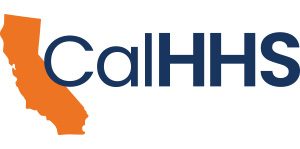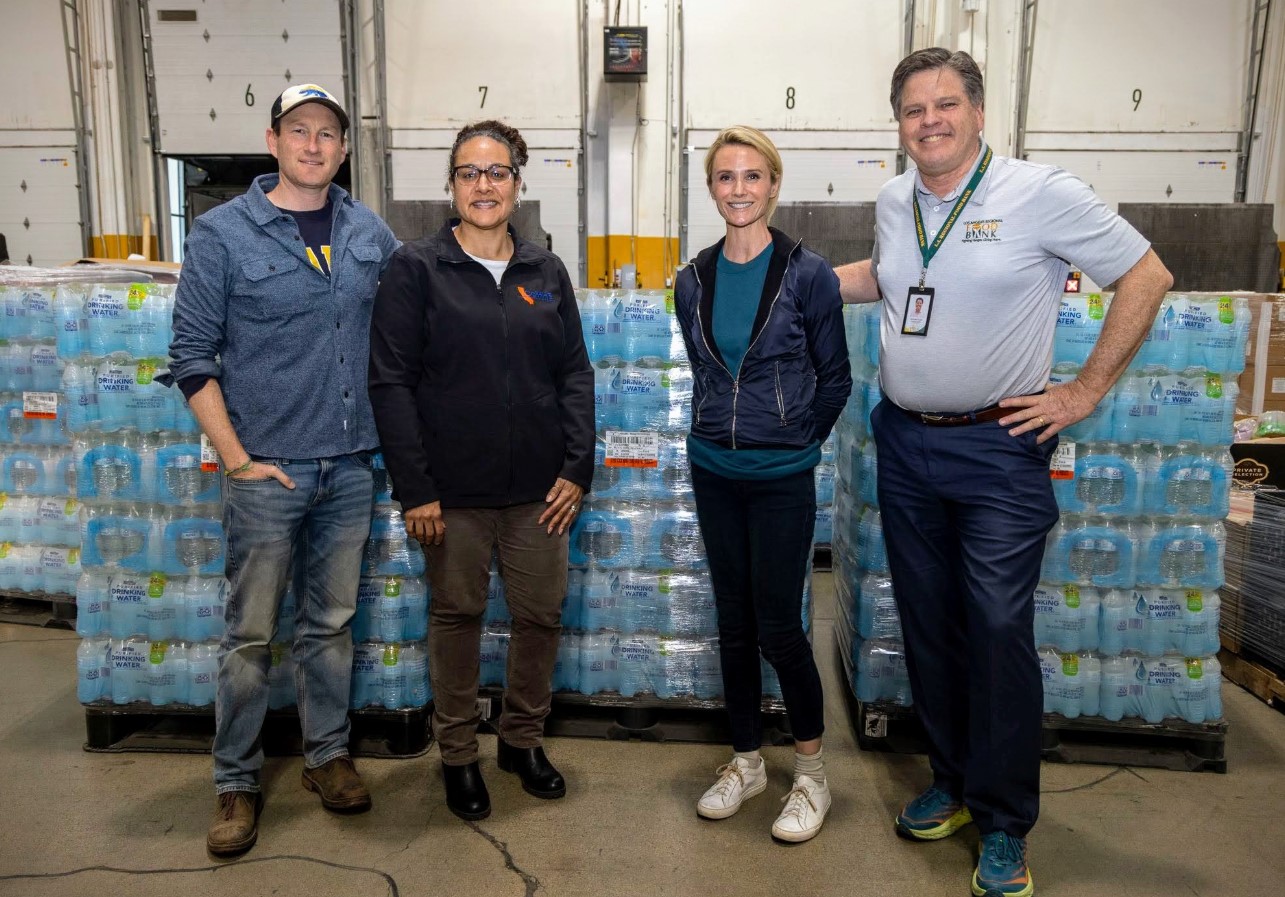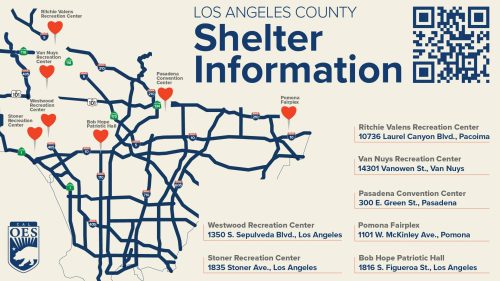What you need to know: California is working to help people impacted by the Los Angeles fires – including some of our most vulnerable residents – have access to critical supports during this time of great need. Efforts include reopening of child care and senior living centers, expanded mental health resources, and access to food and drinking water.
LOS ANGELES — Through the California Health and Human Services Agency (CalHHS) and its departments, California has taken many actions – in short order – to support people impacted by the Los Angeles fires. In coordination with our local, state, and federal partners, California is taking action to help people have access to resources – such as food and water, shelter, health care – including prescription medication and mental health services.
“Those impacted by this disaster – especially our most vulnerable residents – need our support more than ever, and we are here to help. Through California’s continued all-hands-on-deck response and recovery efforts, we are helping people have access to healthcare and medications, social services, and other critical supports needed as we rebuild together.”
Governor Gavin Newsom
The fires have led to the evacuation, and in some cases, destruction, of child care programs, residential adult and senior care settings, nursing homes, and health clinics, in addition to personal homes. By working with these community settings on administrative flexibilities, California is helping to address immediate needs and offering assistance to reopen as quickly and safely as possible. When possible, the State is also getting services back online and helping individuals and families get back on their feet.
“CalHHS is focused on ensuring a responsive, equitable, and swift recovery, that meets the needs of vulnerable populations through trauma-informed approaches, meeting language access needs, and assisting older adults and people with disabilities. CalHHS is leading a coordinated effort across its Departments, alongside local, state, and federal partners, with an intentional focus on meaningfully engaging those impacted, in the rebuilding of their communities.”
CalHHS Secretary Kim Johnson
Health care and mental health resources
Through the Department of Health Care Services (DHCS), California has implemented key administrative flexibilities to protect Medi-Cal members, including a simplified enrollment and renewal processes. Further, requirements have been waived regarding access to prescription medications and medical devices, to help all Medi-Cal members have access to care during this emergency. Medi-Cal members needing assistance with their Medi-Cal eligibility can also contact a local clinic navigator.
Mental health services: California is working closely with county behavioral health plans and local programs to ensure continued access to critical behavioral health services. Those who need support can reach out to the CalHOPE Warm Line by calling (833)-317-HOPE (4673) (English) and (833)-642-7696 (Spanish). The CalHOPE Warm Line is a 24/7 peer run hotline that provides free, confidential emotional support to Californians, including those impacted by the Southern California wildfires. California’s virtual mental health platforms for children and youth, Soluna and BrightLife Kids, are doing extensive outreach to the Los Angeles community to spread awareness that their free services are available.
Prescription replacements and more: The Department of Managed Health Care directed health plans to help Californians impacted by the wildfires can continue to access all medically necessary health care services, including prescription drugs. DMHC published a resource guide to help impacted health plan members find information on how their health plan can help them, such as speeding up approvals for care, replacing lost prescriptions and ID cards, refilling prescriptions sooner, or quickly arranging health care at other facilities if a hospital or doctor’s office is not available due to the fires.
On Friday, California received federal approval for the Emergency Prescription Assistance Program, which helps people in a federally-identified disaster area who do not have health insurance get the prescription drugs, vaccinations, medical supplies, and equipment that they need. Uninsured California residents affected by the recent wildfires can call the EPAP hotline, 855-793-7470 (TTY 1-800-876-1089), or visit the EPAP website to check their eligibility, determine if their medications or medical equipment are covered, or locate a participating pharmacy.
Access to food and drinking water
Food banks: To ensure that people in the impacted region have access to food and water, California released $1 million in state emergency funding, which will provide food boxes and potable water to individuals and families in need. Through this funding, 25,000 food boxes and potable water are already flowing into the impacted region. Resources began arriving at the LA Regional Food bank earlier this week and will continue to be delivered. People in the impacted region can find a list of food distributions in their area.
CalFresh food: California quickly secured federal waivers that will allow people receiving CalFresh food benefits to purchase hot food items. People will also have an extended period of time to request replacement food benefits, if food was lost due to the fires. Additional information on these efforts, including information on how to apply for CalFresh, can be found here.
As part of future, continued recovery efforts, California will continue to seek additional resources to support Californians, such Disaster CalFresh benefits which will provide additional food assistance to low-income households with food loss or damage caused by the fires.
Supporting the most vulnerable
Case management: California recently received federal approval to provide services through the State Supplemental Grant Program and Disaster Case Management Program. The Supplemental Grant Program will provide grant funds to assist eligible people who have suffered damage caused by the fires. The Disaster Case Management system provides case management services to vulnerable populations, helping people develop and implement a plan that will get them on the road to recovery.
Housing help: California will continue working in partnership with our federal, local, and community partners to address short- and long-term housing needs, especially for impacted people with low-income income. To this end, Governor Newsom recently issued executive orders that expanded eviction protections and will help people rebuild faster.
Care for children, adults, and people with disabilities: Recently, Governor Newsom issued Executive Order N-2-25 and Executive Order N-3-25, which provided CDSS the flexibility to waive licensing requirements as needed to directly respond to the immediate needs of facilities that provide critical services, such as assisted living, child care, and children’s residential care, who were impacted by the fires. Executive Order N-3-25 also provides for the reimbursement of child care providers for up to 30 days if they were impacted by the fires and needed to close.
Staff from the Department of Health Care Access and Information, in partnership with the California Department of Public Health (CDPH) and local fire marshals, have visited skilled nursing facilities to conduct and approve repopulation visits that allow for the safe reentry of patients and staff.
The Department of Developmental Services’ Regional Centers, who serve people with developmental disabilities, are conducting wellness checks to ensure that needs are being met. Similarly, the California Department of Aging is working with local Area Agencies on Aging and Community-Based Adult Services centers to address the needs of impacted seniors and connect them to needed resources including navigating the disaster recovery process. If residents of assisted living or skilled nursing facilities, or their families, have concerns, extra support is available through the local Long-Term Care Ombudsman program. In Los Angeles, contact Wise & Healthy Aging at 310-394-9871 or the state’s CRISISline at 1-800-231-4024.
Lastly, children in foster care and adults receiving support through adult protective services in the impacted areas are receiving additional outreach from LA County, with the support of state.
Boots on the ground
Emergency medical services support: Through the California Emergency Medical Services Authority, California has deployed two California Medical Assistance Teams to CAL FIRE base camps, and two Ambulance Strike Teams. Collectively, these teams have provided medical treatment to firefighters, facilitated patient evacuations and transports, and distributed medical items, including medications.
Volunteers: CDSS has deployed members of its Volunteer Emergency Services Team (VEST) and Functional Assessment Service Team (FAST) who are in the field supporting response and recovery efforts. CDSS and CDPH are also providing services in Disaster Recovery Centers to connect people to needed services and provide vital records. Since the fires began, California has been supporting local shelters throughout the impacted region. Currently, there are 6 shelters supporting 542 people. Shelters are proving food, water, and support for immediate health care needs.
Masks and water: Also, through CDPH, more than 1 million N-95 masks and thousands of cases of bottled water have been delivered to Los Angeles County. CDPH is actively working to stand up efforts to support public health to address air quality, drinking water, and hazardous debris.
Get Help Today
Californians can go to CA.gov/LAfires – a hub for information and resources from state, local and federal government.
Health care coverage: Covered California recently announced a special-enrollment period for residents of Los Angeles and Ventura counties. This special enrollment period will last until March 8, 2025. Resources are available through Los Angeles County and the State of California. Of the 1.3 million uninsured Californians who qualify for subsidies through Covered California or are eligible for Medi-Cal coverage, 356,000 of them reside in Southern California.
California has developed resource guides to help guide people through disasters and provide information on the different types of federal, state, and local services available in California:
- CalHHS Emergency Resource Guide (English and Spanish)
- Guide to Disaster Assistance for Immigrant Californians (Multiple languages)
- Emergency Preparedness Guide/Toolkit for Individuals with Disabilities (Multiple Languages)
- Department of Aging Emergency Preparedness Guide (Multiple Languages)
- Department of Managed Health Care Health Plan Disaster Resource Guide
- Department of Health Care Services Disaster Assistance Q&A
- Find child care HERE.
Through the BenefitsCal portal, Californians can get and manage benefits online. This includes food assistance (CalFresh) formerly food stamps, cash aid (CalWORKs, General Assistance, Cash Assistance Program for Immigrants), and affordable health insurance (Medi-Cal).
Individuals and business owners who sustained losses from wildfires in Los Angeles County can apply for disaster assistance:
- Online at DisasterAssistance.gov
- By calling 800-621-3362
- By using the FEMA smart phone application
- Assistance is available in over 40 languages
If you use a relay service, such as video relay service (VRS), captioned telephone service or others, give FEMA the number for that service.



